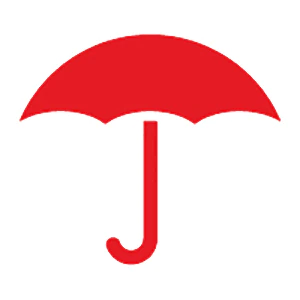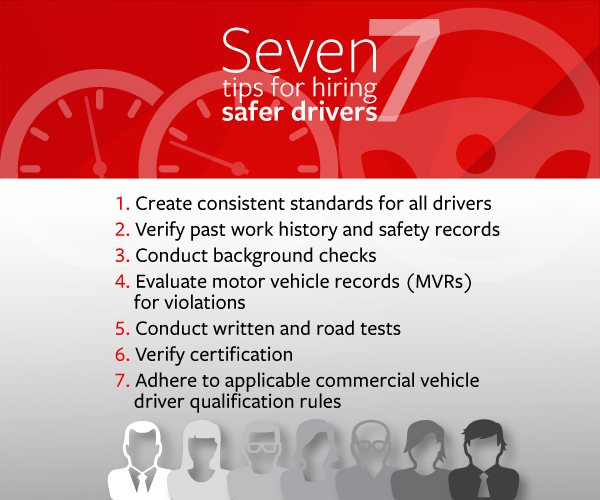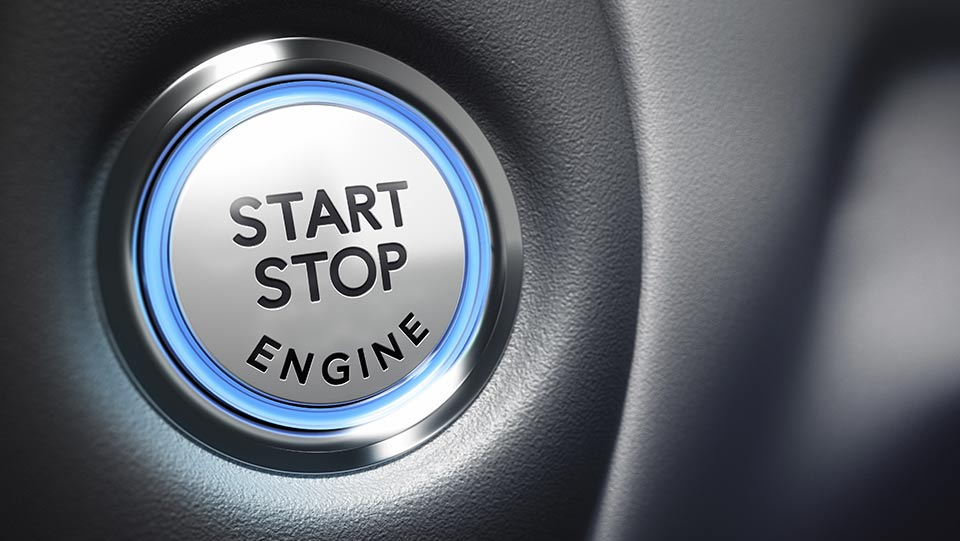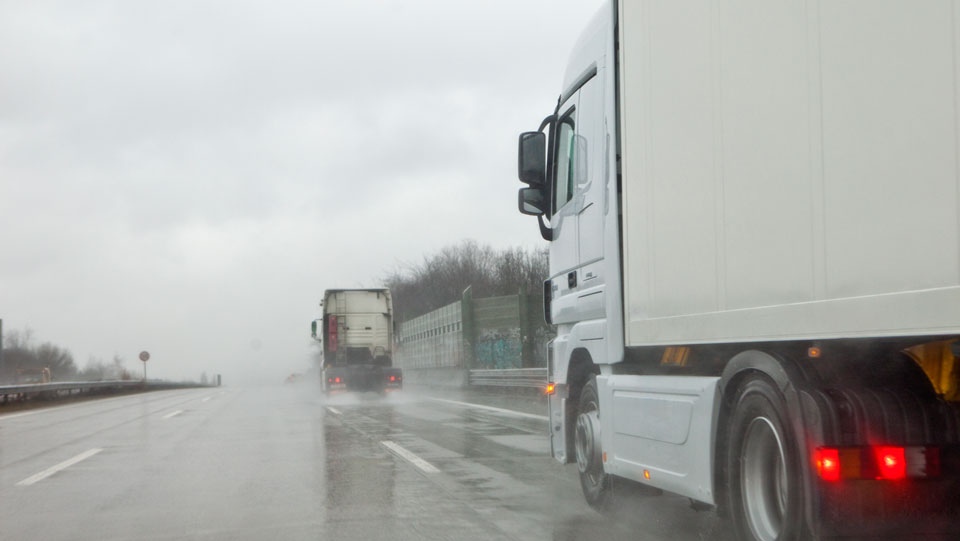Tips for Selecting Safe Drivers for Your Business


Choosing the right employees to drive for your company is the most basic element in your company's fleet safety program.
Who are your drivers?
Anyone who drives a vehicle on behalf of your company, whether it is owned by the company, rented or is a personal vehicle, should be considered a driver.
Employees hired mainly as drivers are easy to identify. But occasional drivers who use rental or personal vehicles for business purposes are sometimes overlooked when companies consider their fleet risks. Companies must be mindful of everyone who is driving on behalf of the organization and the extent of that driving.
Good drivers are good for business
Your business depends on your drivers and the decisions they make on the road every day. Here are some ways that good drivers benefit your bottom line:
- Reduce the cost of loss. Fleet vehicle accidents are among the most costly of injury claims for business. The average cost of a loss related to vehicle accidents is approximately $70,000.1 Safe drivers can help lower the possibility of loss due to accidents.
- Lower liability in case of loss. Effective screening, hiring, training and monitoring can help reduce liability.
- Boost your public image. Every driver has the potential to send a message. When your truck is headed down the highway, you want it to tell a positive story about your company. A good driver tells the kind of story you want to tell.

Seven tips for hiring safer drivers
- Create consistent standards for all drivers
- Verify past work history and safety records
- Conduct background checks
- Evaluate motor vehicle records (MVRs) for violations
- Conduct written and road tests
- Verify certification
- Adhere to applicable commercial vehicle driver qualification rules
Source
¹National Safety Council 2014 Injury Facts Key Statistics



